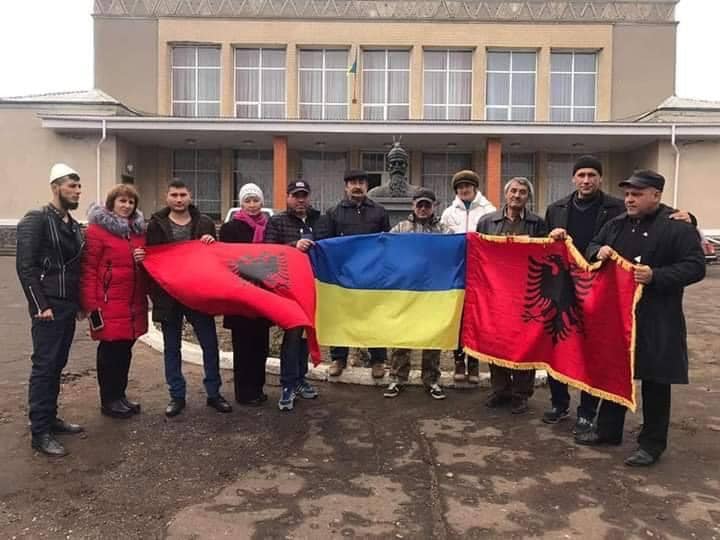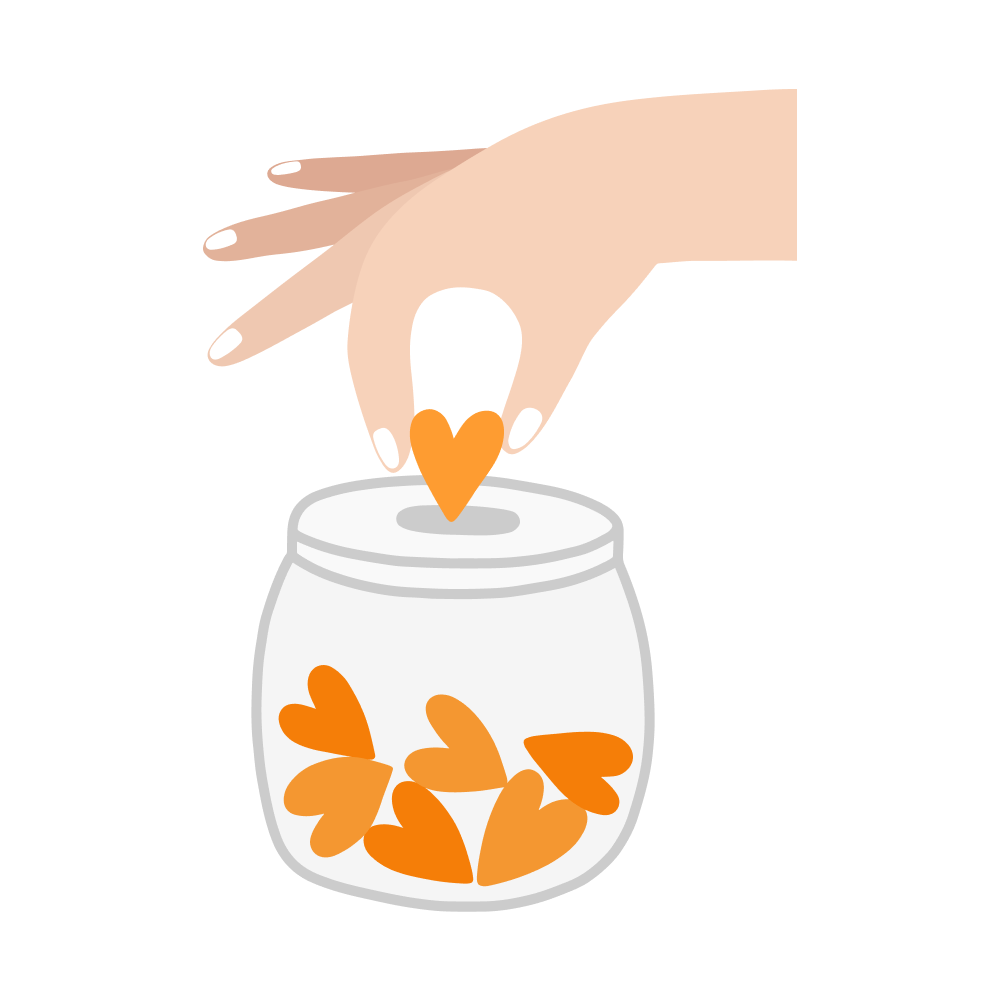The Albanians of Ukraine: A community “ga tantë”

Introduction
The Albanians of Ukraine have been one of the unknown minorities in Ukraine. They live mainly in Budjak and Zaporizhzhia oblasts. According to the statistics, there re around 5.000 ethnic Albanians who live in Ukraine now. Nowadays, they have not forgot about their home and always they call themselves “ga tantë” (from ours) and they speak a language “si neve” (like us).
The origins
The origins of the Albanian community began since the Ottoman invasion of Albania in XVI century. Their ancestors came from South Albania, who firstly were settled in eastern Bulgaria. Today, near Veliko Tarnovo, there is a town called Arbanasi, where the Albanian population was settled. According to Konstandin Jirecek and Mahiel Kiel, they confirm that they came from Southern Albania and Çamëria in year 1492, in order to be saved from a military campaign led by Sultan Bayezid II.
1 century later, after the events that the Russo-Turkish War (1768-1774), the movement of this community continued. 1.700 Christian Albanians, altogether with their families, went to seek in Russian Empire. Some of them moved to Kerch (Crimea), and a huge group of them settled in the vicinities of Odessa, where in 1811, they found a village named Karakurt. Furthermore, the Albanian community lived there in harmony with the other communities such as with the Ukrainians, Gagauz, Romanians, Moldovans, Bulgarians, Russians and Greeks.
In Russian Empire and Soviet Ukraine
During the XIX century, in Odessa there existed club organizations organized by the Albanians who lived there and the visits of notable personalities. Such one visit happened in 1911, when Fan Stilian Noli, a notable figure of Albanian National Awakening met with the members of community in Odessa.
During the Stalinist regime in USSR (1924-1941; 1944-1953), Ukraine was one of the poorest countries from the Soviet republics. Even if the Great Famine (1932-1933) killed 3.5 million people and Stalin tried to assimilate the minorities living in Ukraine, the culture and language of the Albanian community was not assimilated, until it was recognized after World War II.

The modern times
Today, there are four villages with Albanian population in Ukraine: Karakurt, Georgievka, Gammovka and Devninskoe. Today, their culture is preserved and they share a particular interest and value in ethnicity, language and harmony with the other minorities, by forming “a melting pot”. In learning the Albanian language, the villages do not have any Albanian language school. But they speak Albanian with their families and their elders, because it is very customary. Furthermore, in contemporary Ukraine, Albanian studies are not conducted.
A brief conclusion
In conclusion, I think during and after the war between Russia and Ukraine, the Albanian government should support and research about its community living there since 3 centuries. If this would not happen, tomorrow their story would have a worse end from the war causes. Even if documentaries, club organizations and studies have contributed positively to recognize this community, there should be more fieldwork to be analyzed and systematized in the future.
- A message from my part about Ukraine (video – click here)


